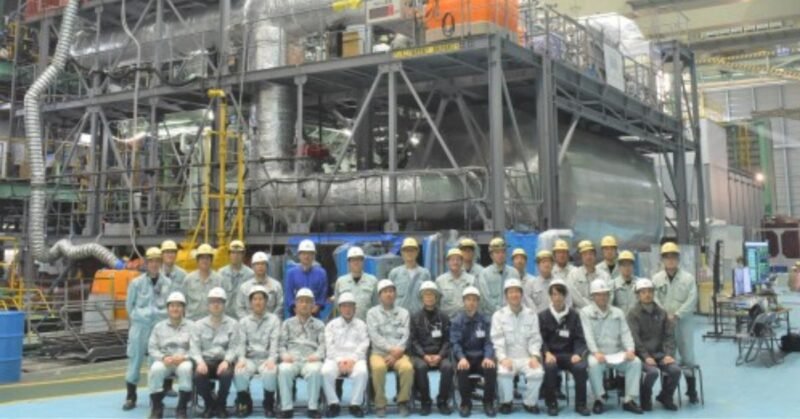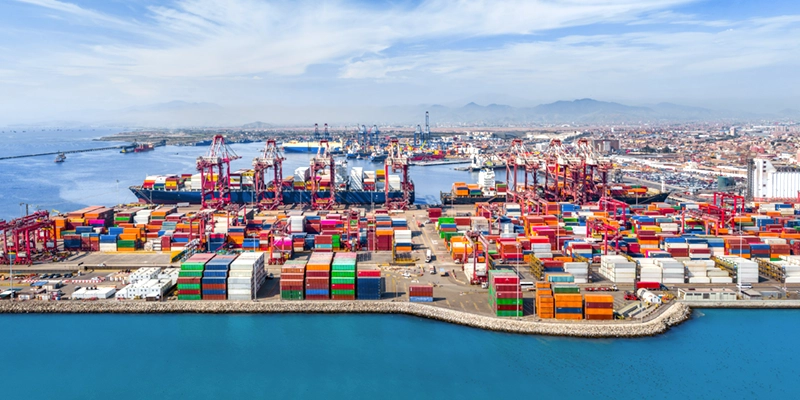Amogy and Mitsubishi Shipbuilding Co., Ltd. (MSB), a subsidiary of Mitsubishi Heavy Industries (MHI) Group, have successfully completed a feasibility study on collaborating to develop onboard hydrogen production and utilization technologies. This collaboration involves Amogy’s innovative ammonia-cracking technology and Mitsubishi’s Ammonia Supply and Safety System (MAmmoSS®). The aim of this partnership is to support the International Maritime Organization’s (IMO) target of achieving net zero greenhouse gas emissions in the maritime industry by 2050.
The feasibility studies conducted by Amogy and MSB focused on two key concept designs: a power train that combines ammonia cracking and hydrogen fuel cells for ships, and a hydrogen supply facility to provide hydrogen as pilot fuel for ammonia fuel engines. Ammonia, being carbon-free, is seen as a promising fuel option to significantly reduce GHG emissions in the maritime sector, offering a stable and clean energy source for the future.
Amogy’s cutting-edge technology enables the conversion of liquid ammonia into hydrogen and nitrogen, which can then be used to power fuel cells, generating high-performance energy. MSB’s commitment to decarbonizing the maritime industry aligns with their efforts to develop marine ammonia handling systems, including fuel supply systems for various ammonia fuel consumers. This collaboration between Amogy and MSB aims to contribute to a carbon-neutral society and reduce environmental impacts globally through the advancement of onboard hydrogen production and utilization technologies.


















